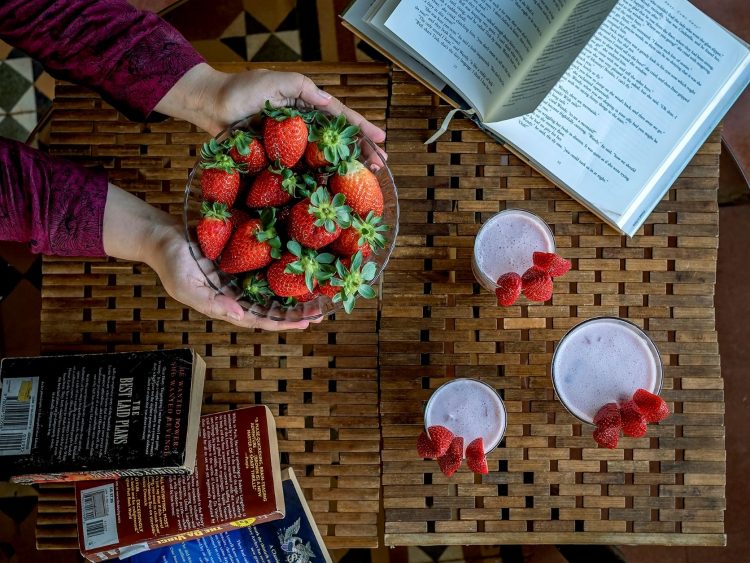Organic and healthy food is the new age mantra. People in urban areas are now growing vegetables at home to achieve this. Consequently, Home Owners are turning to balconies and window sills to accommodate small kitchen gardens. If you have a vacation home, you can also build a kitchen garden. It can be a valuable addition to your second home. Setting up a kitchen garden at home is not tough; all it needs is patience and some maintenance.
Building a kitchen garden is a matter of pride and immense joy for many. With the endless happiness of seeing something growing from scratch and then cooking with it, a kitchen garden has innumerable benefits. We love kitchen gardens, and we think that is the best way to liven up a home.
But the fact remains that building a kitchen garden feels intimidating and may push us from experiencing this great joy. So, what can we do? Let’s approach this systemically and break it down into a few simple steps.

Step 1: POSITIONING
Right off the bat, we must understand that space is a tremendous concern here. Based on what you plan to grow, you either need ample sunlight or a mixture of sun and shade. So, analyse the space you have to see how you can fit a kitchen garden into it.
When building a kitchen garden in a vacation home, you must also consider if the kitchen garden can add to the aesthetic. And if you want your guests to experience the space closely, choose a position and placement that is easily accessible, and must be easy to maintain without accessing the main section of the home.
Step 2: SELECTION OF PLANTS
Your selection of plants will come from the space and your gardening skills. If you are a beginner, we suggest starting with a few easy to grow herbs and shrubs that do not need much tending to. Once you gain confidence, you can build a kitchen garden.
Another factor to consider is the soil in your backyard if you are not going for potted plants. Some plants need to be planted in the ground, so work with a consultant to analyse the soil conditions and pick plants that can thrive in those conditions.
When you are building a kitchen garden in your vacation home, it is also important to pick plants that are less maintenance intensive. As you want to limit upkeep expenses to a minimum, this is a safer choice.
The easiest plants to begin with are lemongrass, chillies, tomatoes, ginger, coriander and basil.

Step 3: PLANTING
Now that you have finalised the where and the what, why wait? Head to the plant store and pick up the plants, pots, seeds, and some planting supplies. Do not forget to pick up gardening tools as well. If you are going to do it yourself, then you need to pick the tools, the fertilisers, and the planting guides.
Of course, there is no harm in hiring an expert so that the kitchen garden comes alive just the way you want it to. You can also work alongside them to know how it works, but it is always beneficial to do it with someone who knows the skill.
Step 4: WATERING AND MAINTENANCE
Building a kitchen garden does not stop with just planting. Even if you have a gardener who comes by every week, a kitchen garden needs constant maintenance and regular watering. The important thing to note is that not all plants have to be watered every day and some need repotting after a while. So, work with a landscape artist and a gardening expert to know the maintenance schedule for your kitchen garden.
Building a kitchen garden can be one of the most satisfying and fulfilling activities one can be involved in. And it just adds to the beauty of your home. Kitchen gardens work well in vacation homes too. They become a feature that attracts people not just to book one stay but to come back again and again.

Do you have a rental-ready vacation home that you think can delight any family that walks into it? Wondering how to get it on the market and offer it to guests who will value the space you have built?
Connect with us at partner@saffronstays.com, and our team will take it ahead!
